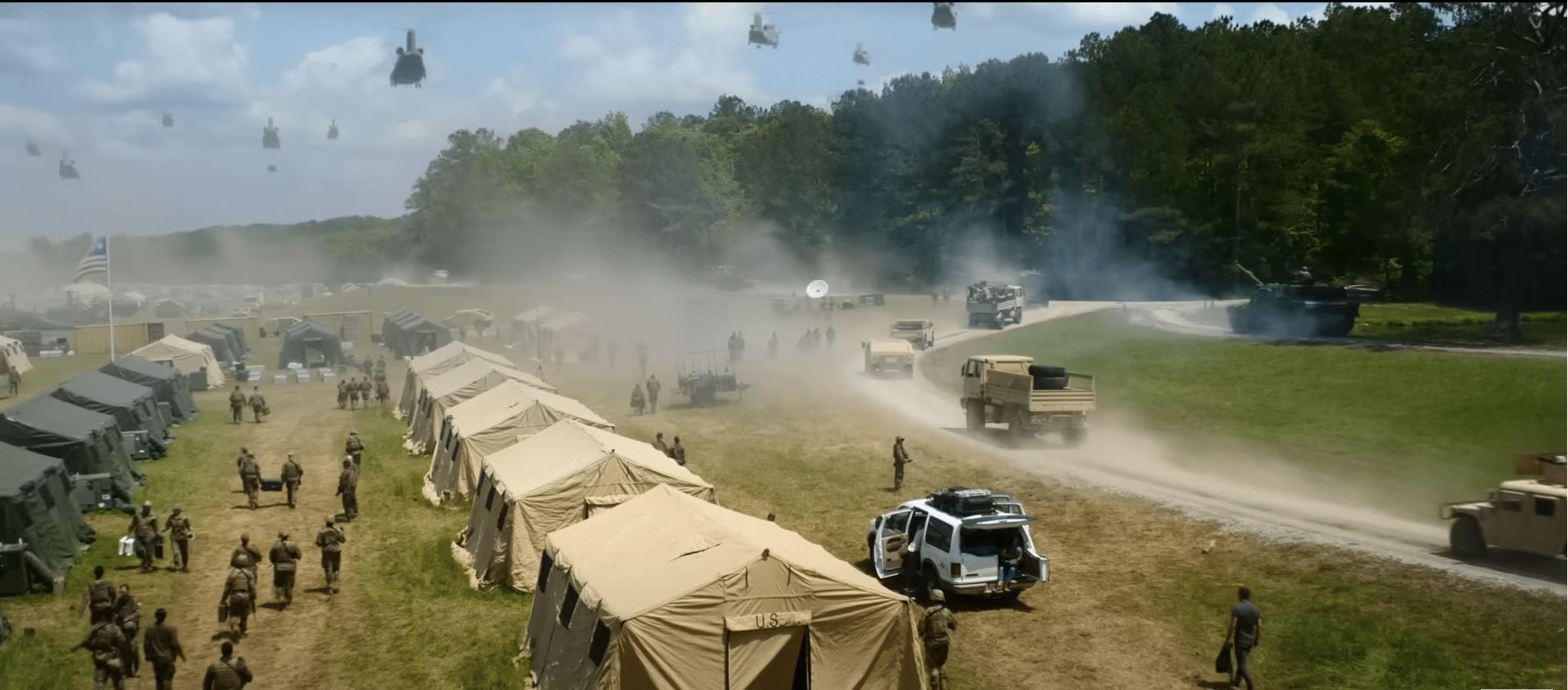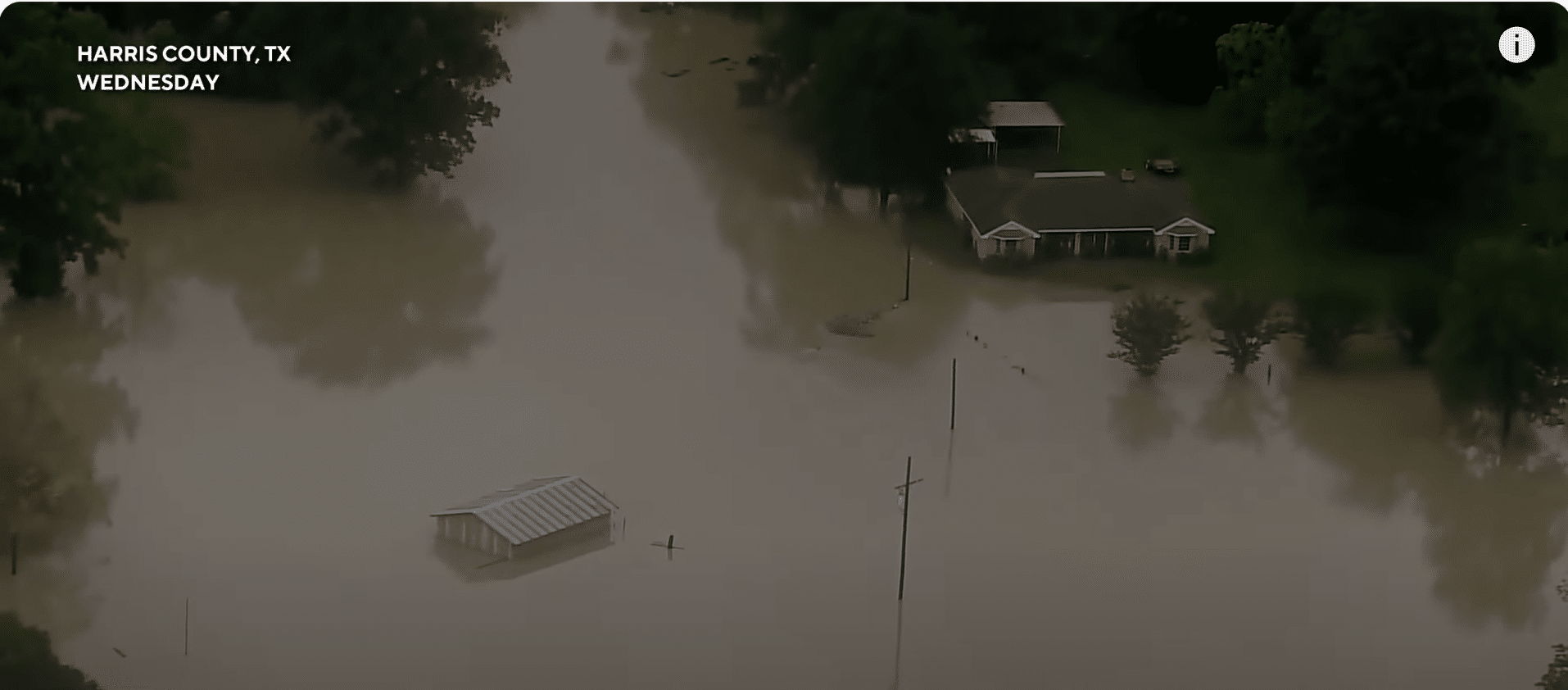Earthquakes are notoriously hard to predict, but one consistent earthquake in California—which rumbles every 22 years—provides valuable data for finding warning signs of an impending quake.
This section of the San Andreas, located near the tiny central Californian town of Parkfield, last shook back in 2004. That means it’ll soon be ready for another rumble.
Similar to the 2004 earthquake, scientists hope that after this earthquake occurs, data can be gathered that will hopefully illuminate tell-tale signs of impending earthquake activity.
The most famous fault in the U.S. is San Andreas. Of course, the film industry’s seismic overreactions certainly help put its name in the minds of the disaster-conscious, but its infamy was cemented long before Dwayne “The Rock” Johnson had to muscle his way through a destroyed Los Angeles after a magnitude 9 earthquake. The fault line absolutely devastated San Francisco back in 1906 and also wreaked havoc in southern California in 1857.
While the fault hasn’t experienced a similar shake in the 21st century, scientists give pretty solid odds that a big earthquake will hit the fault line within 50 years.
However, unlike most other natural disasters—whether hurricanes, tornadoes, wildfires or even asteroid strikes—predicting Earthquakes is almost impossible.
Almost, but not completely. A new paper published in March in the journal Frontiers in Earth Science states that part of this notorious fault may be gearing up for an earthquake.
While thankfully not a gigantic tremble that will require The Rock’s action hero services, analyzing this earthquake could provide valuable data for understanding and possibly predicting earthquakes.
“An important seismological question is whether detectable preparatory phases exist and can be observed before major earthquakes,” the paper reads. “The next question would be whether the same preparatory phase is common to all mainshocks.”
The section in question is an area of the fault near the town of Parkfield in central California. While this unincorporated town only has a population of around two dozen, it lies in a seismically dynamic location.
North of this small town, the fault “creeps” at around 1.4 inches per year while south of Parkfield is locked in place. According to the U.S. Geological Survey (USGS), the stretch of fault near Parkfield is a “transition zone between the creeping and locked behavior of the fault.”
The area also contains another seismic quirk—the fault in this area usually records an earthquake of around magnitude 6 every 22 years. That consistency can help scientists understand them.
While the earthquakes are usually 22 years apart, the last one in the area took place on September 28, 2004, 14 years later than usual (likely due to other earthquakes easing pressure in the region).
Scientists at the time still collected data for the earthquake. Still, they stated that “some of the detailed findings are specific to the behavior of the San Andreas in the Parkfield region, many of the results apply to the understanding of earthquake physics and effects for strike-slip earthquakes and transform fault settings worldwide.”


















